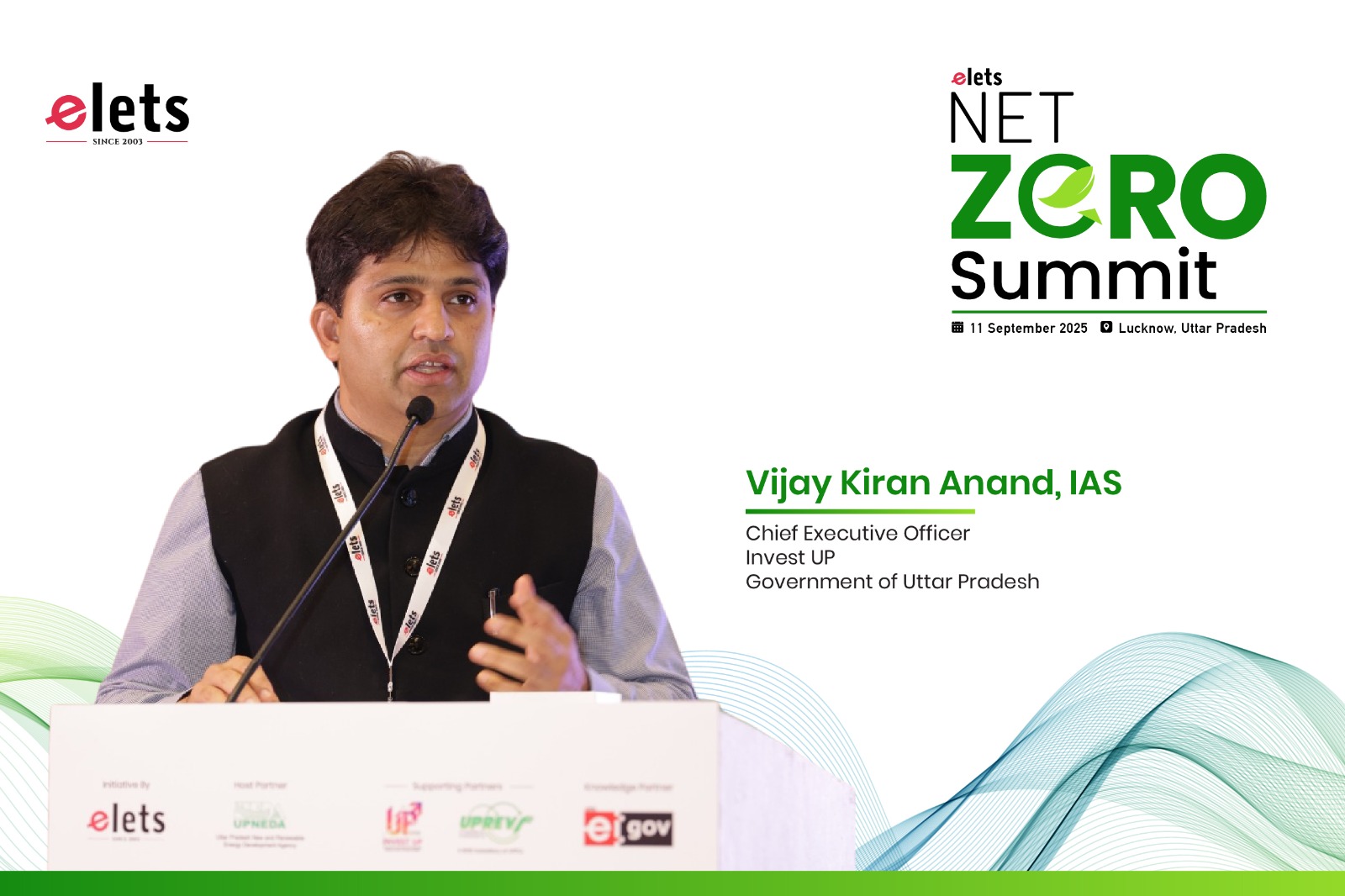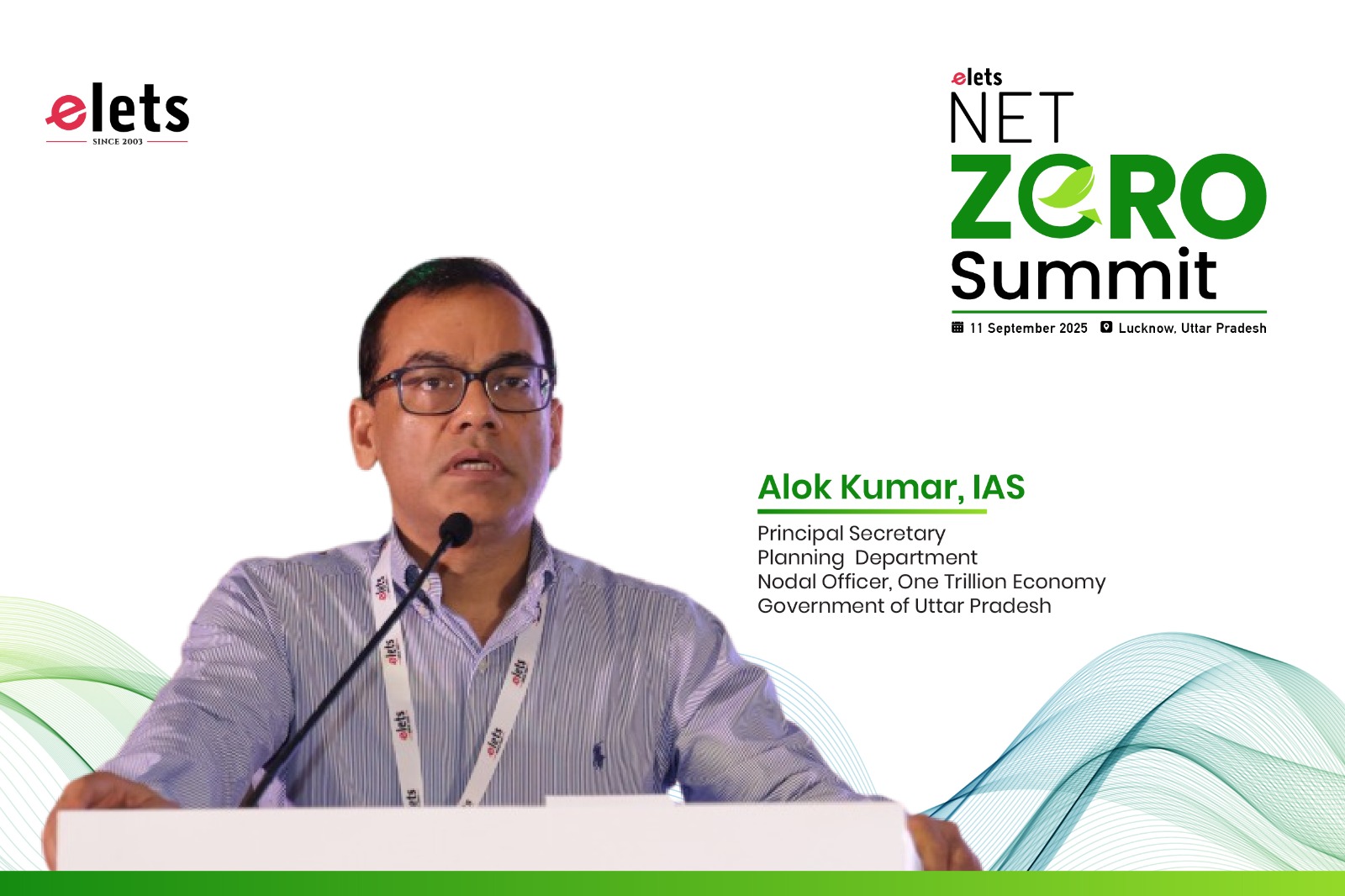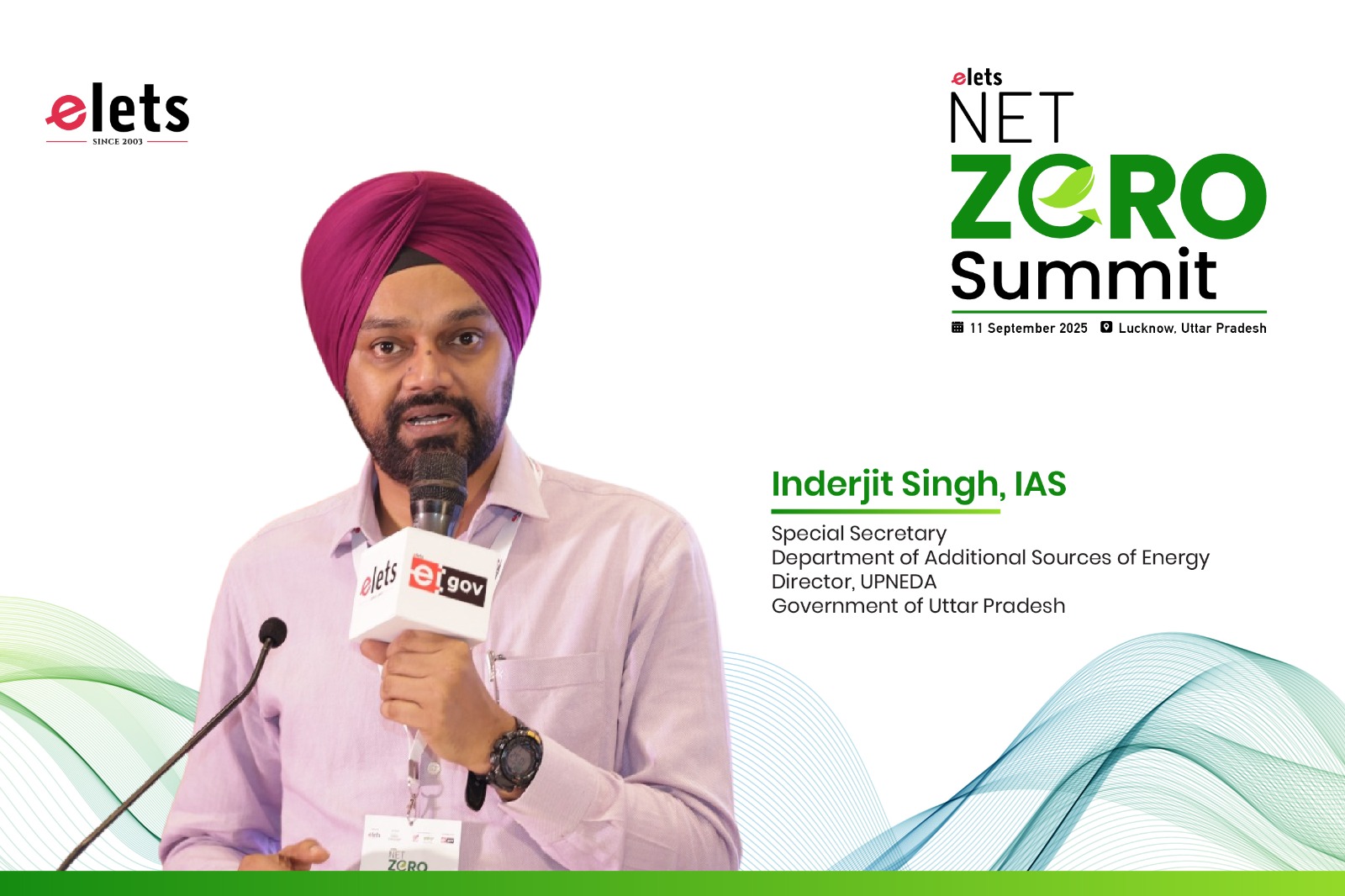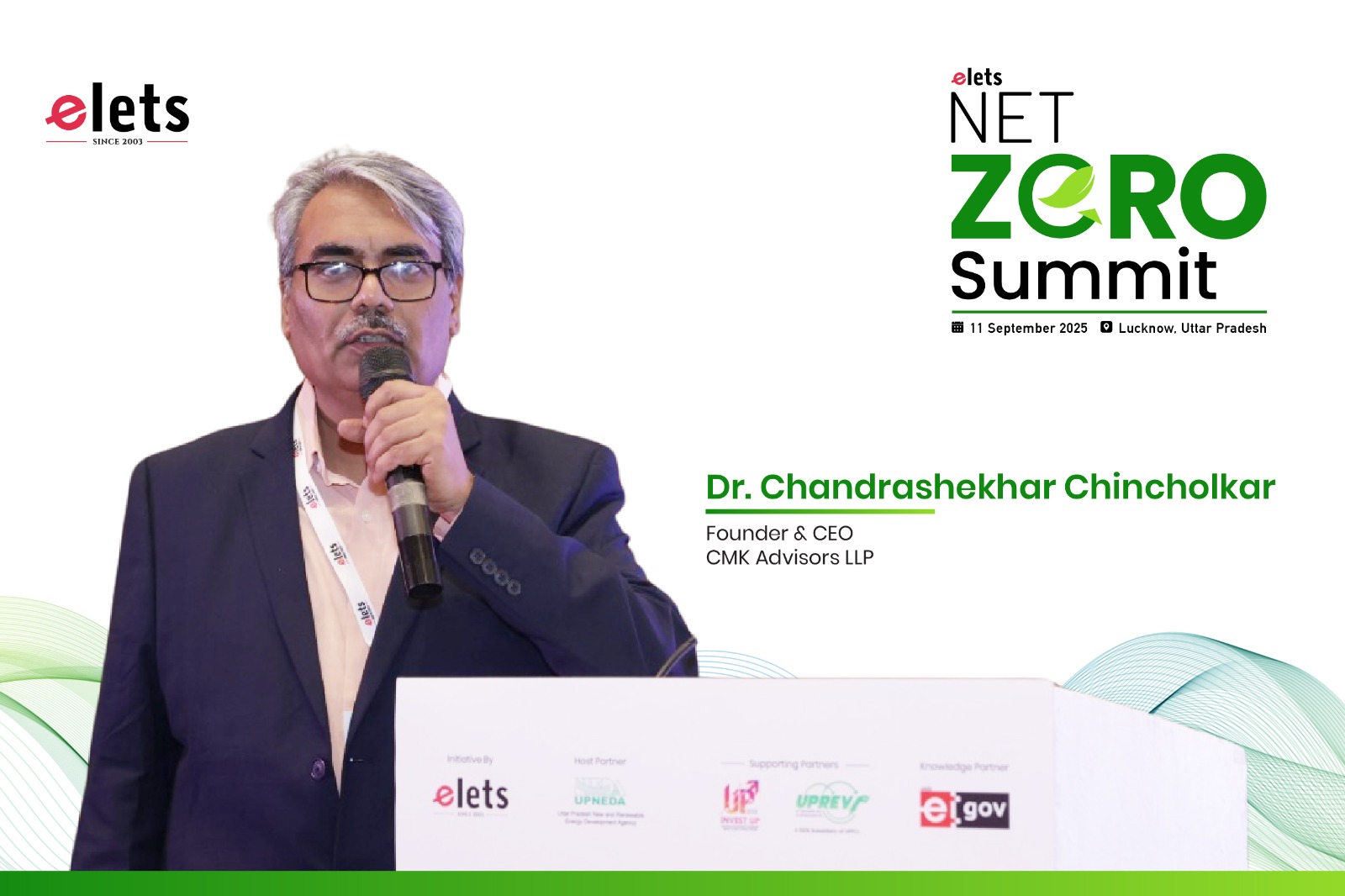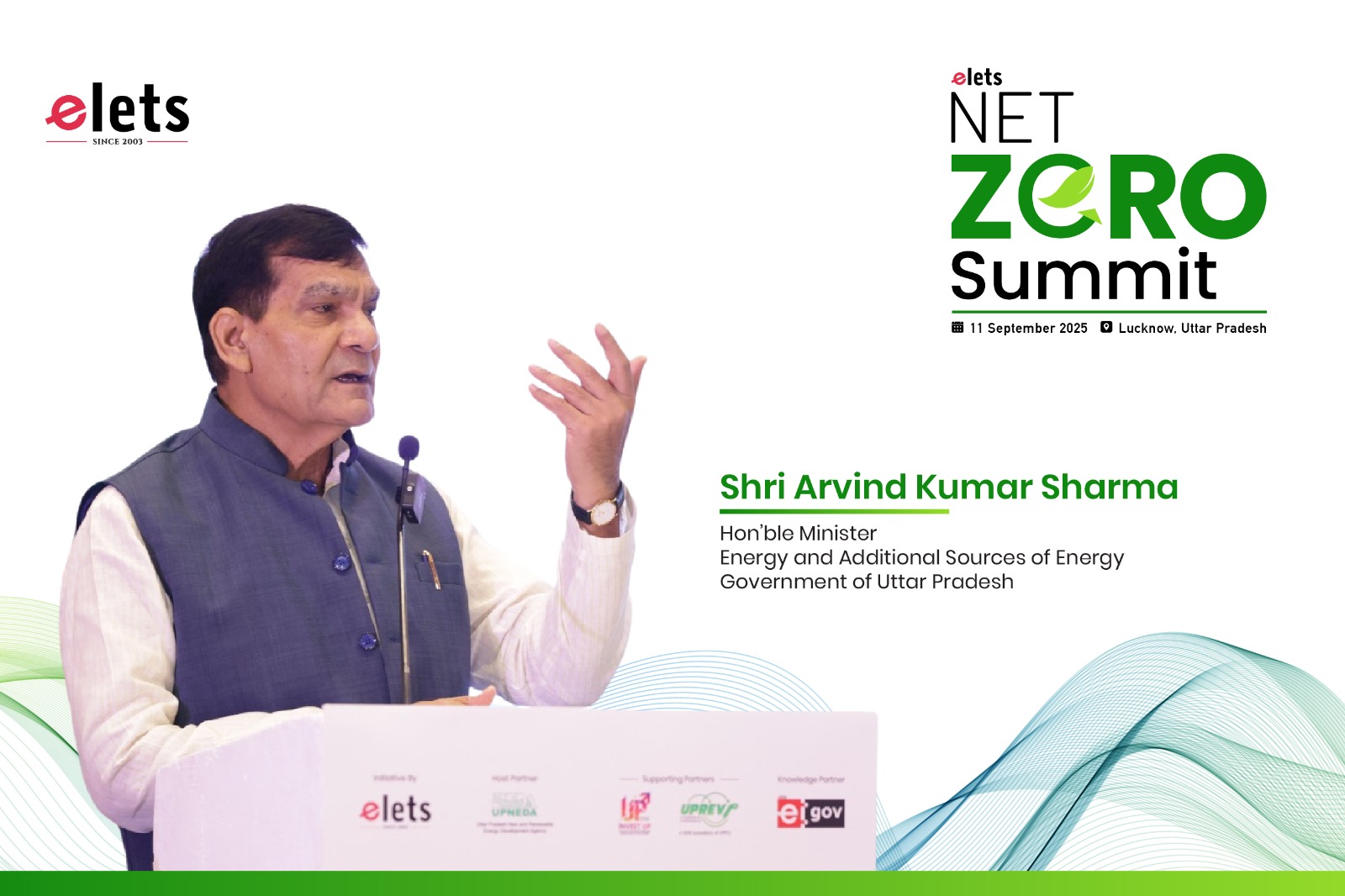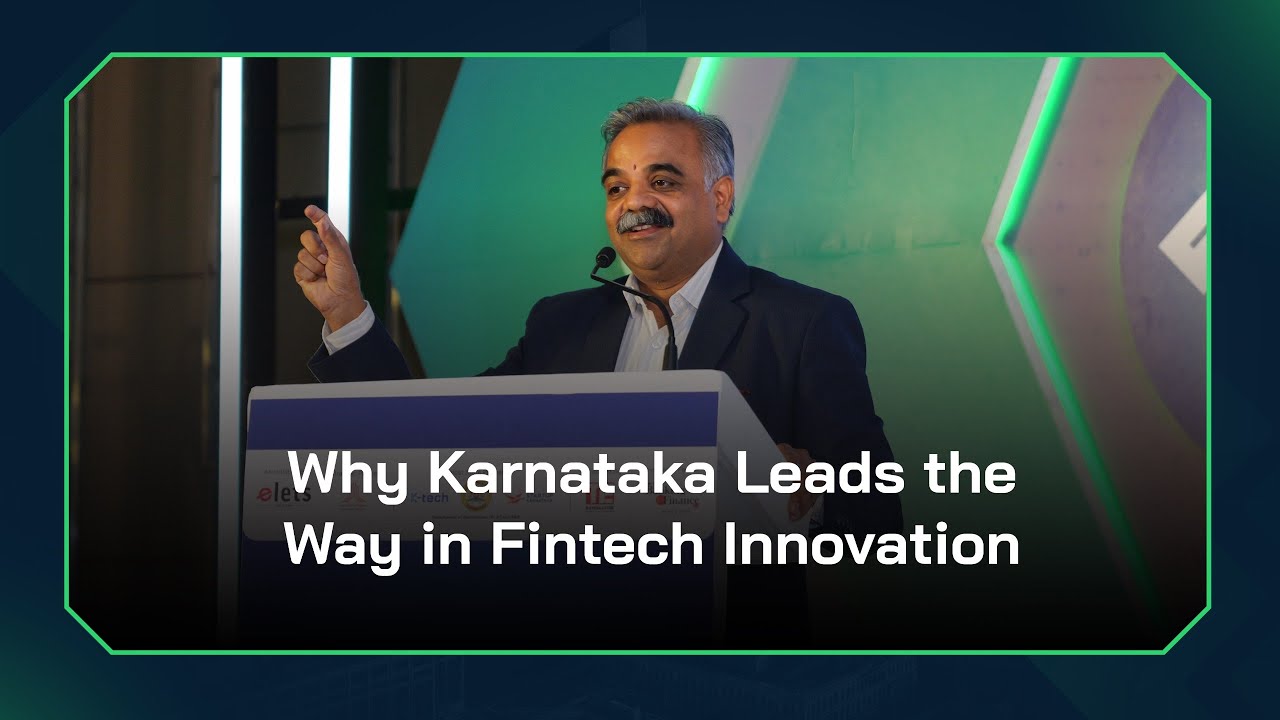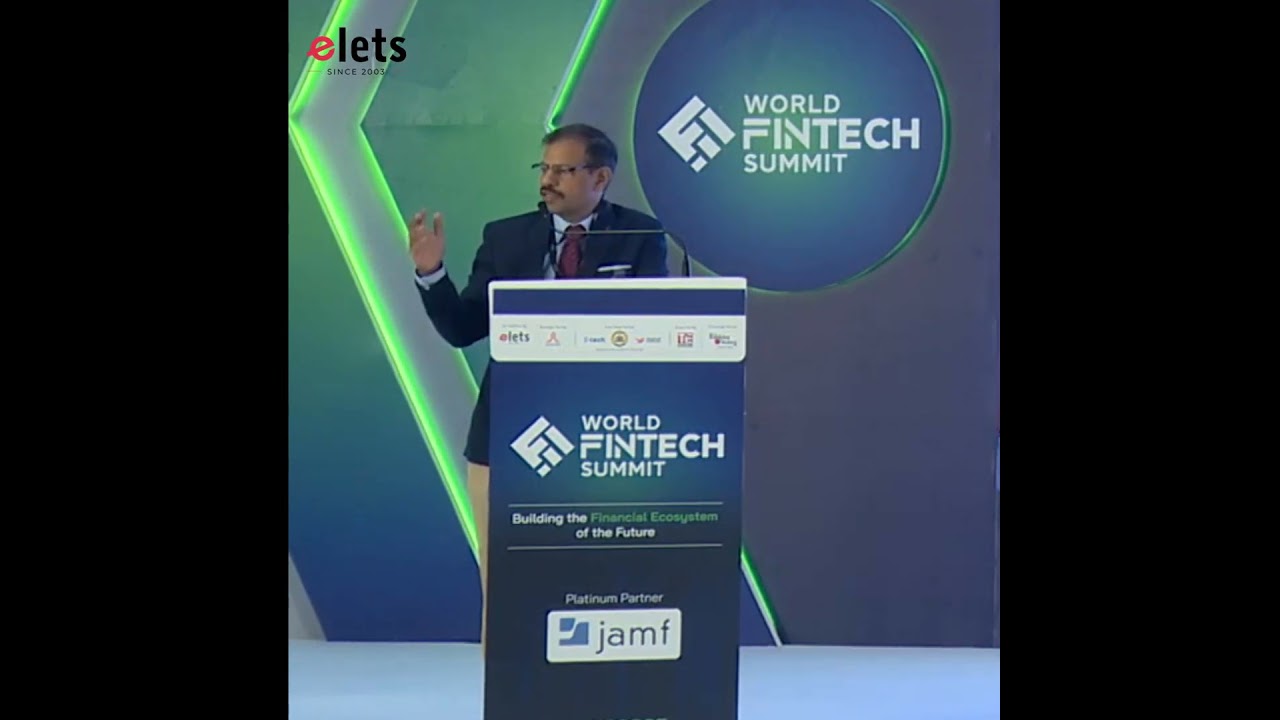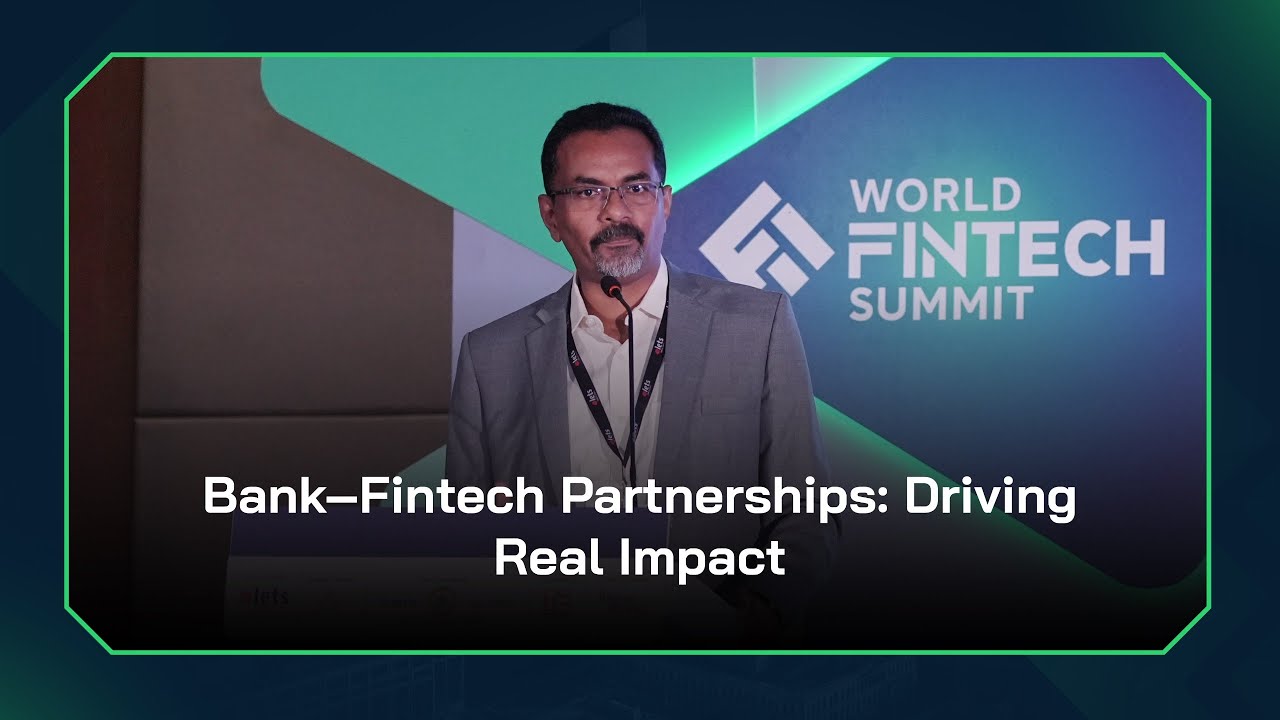
Introduction
India is at the forefront of a financial technology (fintech) revolution that is transforming how people and businesses manage money. With advancements in mobile connectivity, regulatory frameworks, and digital infrastructure, the Indian fintech sector has seen explosive growth over the past decade. But what’s driving this growth, where is it heading, and what challenges should be anticipated? In this blog, we explore these questions through insights shared by Balaji, a veteran in finance and technology, at a recent industry conference.
The Foundation of India’s Fintech Revolution
Infrastructure That Enabled Exponential Growth
The rise of fintech in India is no accident. The India Stack—a unified software platform providing digital identity, payments, and other key services—combined with mobile internet penetration through 4G and 5G, has laid a robust foundation for innovation. Regulatory evolution has further supported this growth, enabling services like video KYC and instant mobile-based onboarding that were previously unimaginable.
Government and Regulatory Support
India’s regulatory bodies have played a pivotal role by balancing risk and opportunity. Platforms like the National Payments Corporation of India (NPCI) have laid down rails that startups and traditional institutions alike can utilize to scale quickly and securely.
Fintech Convergence: GCCs Meet Innovation
The Global Capability Centers (GCCs) Advantage
India hosts over 2,200 GCCs employing more than 2 million people, with the banking, financial services, and insurance (BFSI) sectors taking a large share. The synergy between GCCs and Indian fintech startups presents massive untapped potential. GCCs bring global expertise and scale, while fintech startups bring agility and innovation. Together, they can drive innovations that scale globally.
Case in Point: Innovation at Scale
Some global financial institutions in India have already begun experimenting with bridging the gap—partnering with fintechs to transition solutions from pilot to production stage. A prime example includes fintech showcases where ideas are collected, evaluated, and deployed across global operations.
Fintech for Bharat: Financial Inclusion and Equity
Going Beyond the Metros
With over 1.3 billion people, India’s real fintech opportunity lies not just in urban India but in rural Bharat. The digital leap in rural areas—bypassing desktops and jumping straight to mobile-first solutions—means products must address unique challenges, including lack of credit history and low financial literacy.
Innovative Solutions for Financial Inclusion
Building tools like alternative credit scoring, KYC models, and responsible digital lending mechanisms are essential. Institutions like Equitas have started showing how it is possible to use the same underlying tech infrastructure while tailoring experiences and services to meet the needs of the underserved.
AI, Security, and The Tech-Driven Future of Fintech
AI in Fintech: Current Use Cases
Artificial Intelligence (AI) and Machine Learning (ML) have revolutionized customer service, fraud detection, and real-time transaction monitoring in fintech. Credit scoring has been enhanced through increased computational accuracy and speed, creating more inclusive lending models.
Challenges and Risks
Despite these advantages, in regulated environments like banking, AI use cases must be carefully vetted. Customer trust and data security are paramount. As tools become more advanced, fintech players need a safety-first mindset. Hyper-personalization—offering customers highly customized financial solutions—is expected to be the next significant leap.
Smart Design and Seamless Delivery
The Power of Design-Led Innovation
Biased less by heavy regulations, fintech startups can move from idea to execution in months, not years. These agile environments foster design thinking and customer-centric products that solve single problems effectively.
A Holistic Customer Experience
However, standalone innovation won’t suffice. Real impact comes when fintechs plug into the broader banking ecosystem. APIs and open banking allow for product interconnectivity—enabling a seamless, unified client experience that addresses the full range of customer needs.
The Next 3 to 5 Years: Where is Fintech Headed?
Key Trends to Watch
- Embedded Finance: Flexible, integrated financial services will become more common.
- Scalable Cloud Architecture: More resilience and reach for digital platforms.
- Hyper-Personalization: Beyond static customization, real-time financial suggestions will become standard.
Regulation and Cybersecurity Will Take Center Stage
One of the most pressing needs is a unified regulatory framework. Today’s fragmented approach—with RBI, SEBI, IRDA, and others overseeing different parts—makes compliance complex. Standardized regulatory sandboxes could spark innovation without compromising security. Fintechs will need to build trust through rigorous cybersecurity standards and proactive self-regulation.
Advice to New Founders in Fintech
Balaji offers two critical pieces of advice for emerging fintech founders:
- Understand Regulatory Landscapes: Innovating within the guardrails of regulation is not a limitation—it’s a foundation for trust and scale.
- Embed Cybersecurity from Day One: With rising digital penetration, threat actors are increasingly targeting fintech platforms. Building with security in mind will be crucial for long-term sustainability.
Conclusion
India’s fintech journey is just beginning. With strong foundations, a massive and diverse user base, and global capabilities, it is uniquely positioned to lead global fintech innovation. But the path ahead must be guided by responsibility, inclusivity, and collaboration. The next decade will not just be about growth—it will be about secure, inclusive, and innovation-driven transformation.
Be a part of Elets Collaborative Initiatives. Join Us for Upcoming Events and explore business opportunities. Like us on Facebook , connect with us on LinkedIn and follow us on Twitter, Instagram.
"Exciting news! Elets technomedia is now on WhatsApp Channels Subscribe today by clicking the link and stay updated with the latest insights!" Click here!




